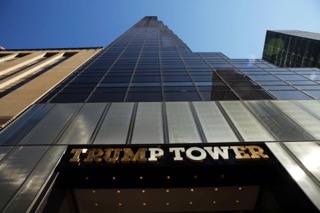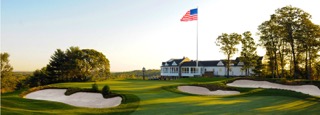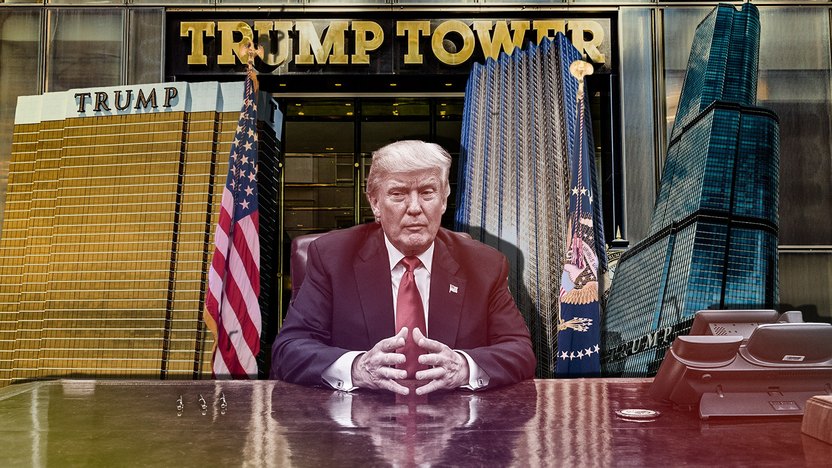Donald Trump’s rise as a real estate mogul largely stemmed from his strategic investments in commercial real estate (CRE). His journey is a testament to how CRE played a pivotal role in shaping his empire. Let’s take a look at Trump’s story, his most significant properties, and his involvement in owning commercial real estate, including golf courses, which also fall under the CRE category.
Early Start: Learning from the Family Business
Trump’s introduction to real estate came through his father, Fred Trump, who focused on residential properties in New York’s outer boroughs. However, Donald had bigger aspirations—he wanted to tackle high-profile projects in Manhattan. After graduating from Wharton, Trump joined the family business in the 1970s. Still, his ambitions soon shifted toward high-stakes commercial real estate ventures, setting him on a different path from his father.
First Major Success: Redeveloping the Commodore Hotel
One of Trump’s initial big successes was the purchase and redevelopment of the Commodore Hotel. This iconic property, near Grand Central Station, had fallen on hard times, yet Trump saw its untapped potential. Through a strategic deal that included securing a 40-year tax abatement, Trump transformed the dilapidated hotel into the luxurious Grand Hyatt. This project not only demonstrated his skill at identifying undervalued assets but also marked his first major footprint in the commercial real estate world.
Trump Tower: The Power of Branding
In 1983, Trump completed Trump Tower, arguably one of his most famous developments. Located on Fifth Avenue in Manhattan, the 58-story skyscraper housed high-end retail, office spaces, and luxury residences. The construction of Trump Tower wasn’t just a financial success; it also elevated Trump’s brand, showcasing luxury, ambition, and success. This project underscored how Trump combined commercial real estate with his personal branding, helping him build the public persona that would later propel him even further.

Expanding the Portfolio: Key Commercial Properties
Over the next few decades, Trump expanded his real estate empire with high-profile office buildings and hotels, both in the U.S. and abroad. Some of his most noteworthy properties include:
- 40 Wall Street: A historic skyscraper in New York’s Financial District, which Trump purchased and revitalized.
- Trump International Hotel & Tower: Another successful mixed-use development that combines commercial spaces with luxury residences.
- Trump World Tower: A towering residential building near the United Nations headquarters, symbolizing his continuous growth in the CRE market.
These projects reinforced Trump’s status as a key player in commercial real estate, focusing on prime locations with high investment potential.
High-Risk Ventures in Atlantic City
While Trump’s success in New York City solidified his reputation, his ventures in Atlantic City showcased his risk-taking nature. He built casinos like the Trump Plaza and Trump Taj Mahal in the late 1980s, which initially thrived. However, the high debt and competition in the area led to financial struggles, including multiple bankruptcies. Despite the setbacks, his aggressive approach to CRE and willingness to take on high-risk, high-reward projects remained a defining trait.
Golf Courses: Expanding into Another CRE Asset Class
In addition to skyscrapers and hotels, Trump’s real estate empire expanded into golf courses, which are considered commercial real estate assets. Over the years, he acquired and developed luxury golf resorts around the world, including:
- Trump National Doral in Miami: A premier golf destination that includes several championship courses.
- Trump Turnberry in Scotland: One of the most famous golf courses globally, which has hosted multiple British Open tournaments.
- Trump International Golf Links: Located in Scotland and Dubai, further expanding his portfolio overseas.

These golf courses represent another layer of his commercial real estate investments. In addition to generating revenue from real estate, they provide branding opportunities, particularly in the luxury leisure sector.
Conclusion
Donald Trump’s journey in commercial real estate is a story of ambition, risk, and branding. From his early projects like the Commodore Hotel and Trump Tower to his expansion into golf courses and international properties, Trump strategically used CRE to build his wealth and reputation. His investments didn’t just grow his portfolio; they shaped the “Trump” brand, helping him transition from real estate mogul to global figure. Whether it’s Manhattan skyscrapers or sprawling golf resorts, commercial real estate has been at the heart of Donald Trump’s empire.


 Facebook
Facebook
 X
X
 Pinterest
Pinterest
 Copy Link
Copy Link


